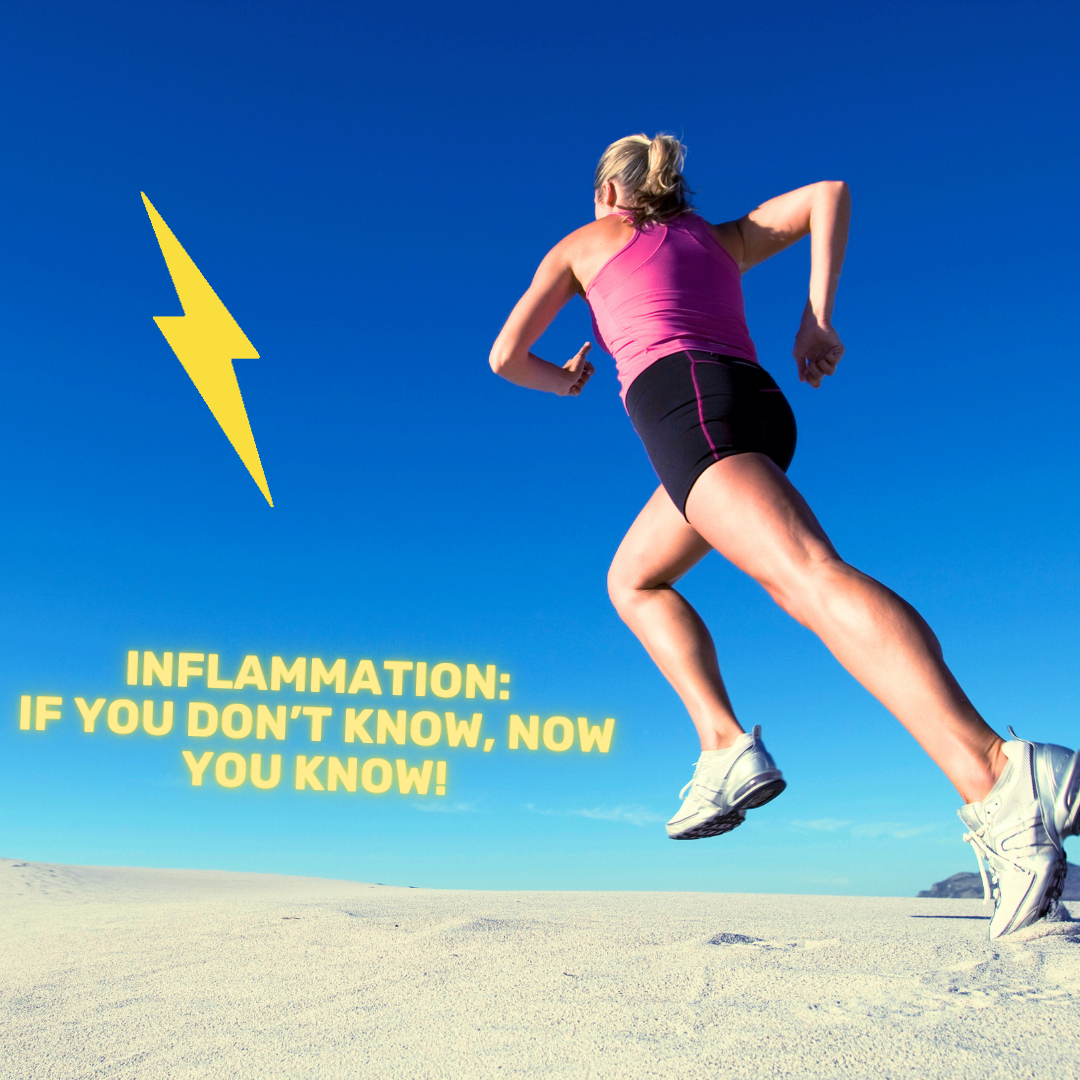
5 min read
For athletes and active people, inflammation is a term both feared and misunderstood. Often seen as the enemy of performance, inflammation is actually a natural and essential process in the body’s response to injury, stress, and recovery. However, when inflammation becomes chronic, it can lead to deeper long term problems. This article delves into the nuances of inflammation, its impact on athletes and active people, and strategies for managing it effectively.
Do you have any of these inflammation symptoms?

Understanding Inflammation
Inflammation is the body's innate response to harm. It's how our bodies signal the immune system to heal and repair damaged tissue, as well as defend against foreign invaders, such as viruses and bacteria. There are two main inflammation types: acute and chronic. Acute inflammation is short-term, occurring in response to injury or infection, characterized by redness, heat, swelling, and pain. This is a protective and localized response, aiming to restore tissue health.
Chronic inflammation, on the other hand, is a long-term physiological response that can be triggered by a variety of factors, including prolonged stress, environmental toxins, sedentary lifestyle, and poor diet. Unlike acute inflammation, chronic inflammation can silently undermine health and has been linked to numerous diseases, including heart disease, diabetes, cancer, and autoimmune conditions.
The Athlete's Dilemma
For athletes and active individuals, acute inflammation is a common part of the recovery process. Following intense exercise or injury, the body initiates an inflammatory response to repair muscle tissue and adapt to the demands being placed upon it. This process is crucial for muscle growth, strength gains, and overall improvement in physical performance. However, the balance is delicate. Too much inflammation can lead to delayed recovery, impaired performance, and increased risk of further injury.
Inflammation presents an even greater risk in athletes: it can be the result of overtraining, inadequate recovery, poor nutrition, or unresolved injuries. This state of persistent inflammation not only hampers performance but also increases the risk of long-term health issues.
Identifying Inflammation
Recognize any of these?

Recognizing the signs of inflammation is crucial for athletes and active individuals. Acute inflammation is generally noticeable through pain, redness, swelling, and sometimes a loss of function or decreased range of motion in a specific area. Chronic inflammation, however, can be more insidious. Symptoms may include persistent fatigue, unexplained body aches, gastrointestinal issues, and frequent infections. Given its stealthy nature, chronic inflammation often requires more comprehensive approaches to diagnosis and management.
Managing Inflammation: Strategies for Athletes
So you ask, how to reduce inflammation in the body? (email us: hello@yellowathletic.com, we'll add you to our newsletter and weekly tips from Dr. Morgan)
Here are some strategies:
Optimize Nutrition
Diet plays a significant role in controlling inflammation. Foods rich in omega-3 fatty acids (like salmon and flaxseeds), antioxidants (found in berries and leafy greens), and polyphenols (present in green tea and dark chocolate) can help reduce inflammation. Conversely, processed foods, sugars, and trans fats can exacerbate inflammatory responses.
Adequate Recovery
Recovery is just as important as the workout itself. Ensuring proper rest, including quality sleep and rest days, is essential for allowing the body to heal and prevent chronic inflammation. Techniques such as stretching, foam rolling, and yoga can also aid in recovery and inflammation management. And Yellow Athletic Products are specifically designed to boost and shorten recovery.
Stay Hydrated
Hydration is crucial for overall health and can help manage inflammation. Water supports all bodily functions, including the removal of waste products that can contribute to inflammation.
Incorporate Anti-inflammatory Supplements
Certain supplements, including turmeric (curcumin), ginger, and fish oil, have been shown to have anti-inflammatory properties. CBD also works wonders reducing inflammation.
Manage Stress
Chronic stress can lead to elevated levels of cortisol, a hormone that, when persistently high, can contribute to inflammation. Techniques such as meditation, deep breathing exercises, and mindfulness can help manage stress levels.
Regular Exercise
While overexercise can lead to inflammation, regular, moderate exercise can actually reduce the risk of chronic inflammation. It's about finding the right balance and not pushing the body to the point of overtraining.
This is the Way...Forward
Understanding and managing inflammation is crucial for athletes and active individuals aiming to maintain peak performance and long-term health. It's also important for athletes to listen to their bodies and seek professional advice when needed.
By recognizing the signs of inflammation, optimizing recovery and nutrition, and adopting lifestyle practices that mitigate stress and promote overall well-being, athletes can harness the benefits of inflammation for recovery and adaptation while minimizing its risks.
FURTHER READING
Yellow Athletics Recovery Tips - Part 1 of 2
Understanding Acute and Chronic Inflammation - harvard medical review
Chronic Inflammation: what it is, why its bad and how you can reduce it - Mayo clinic

